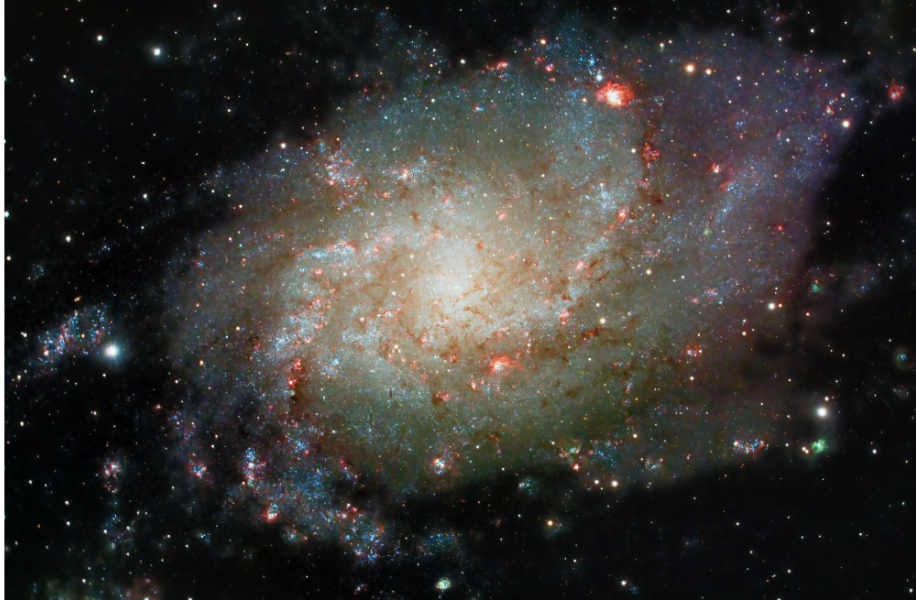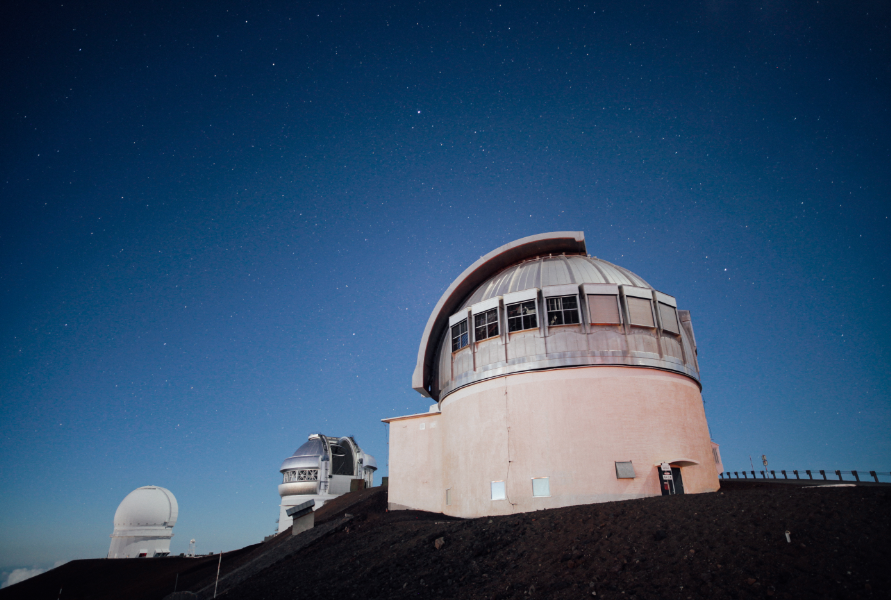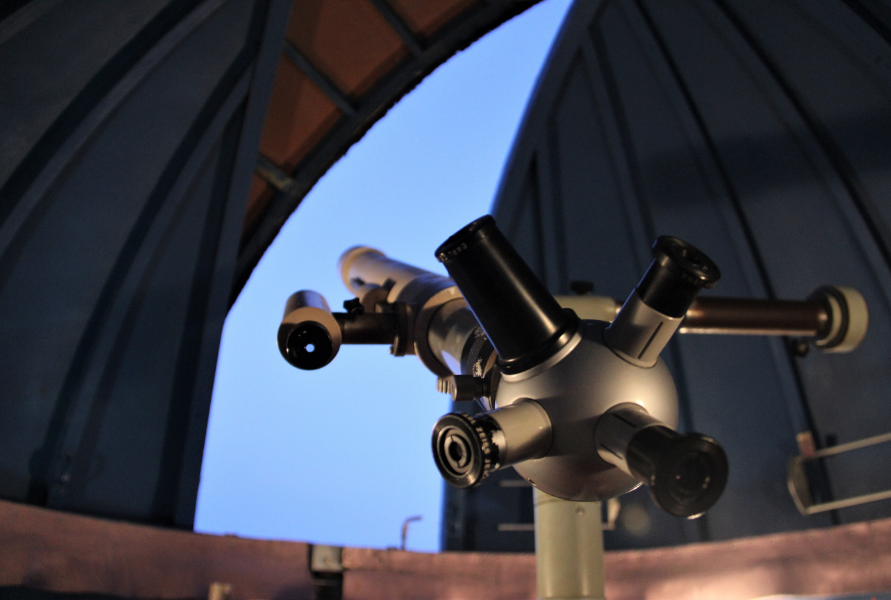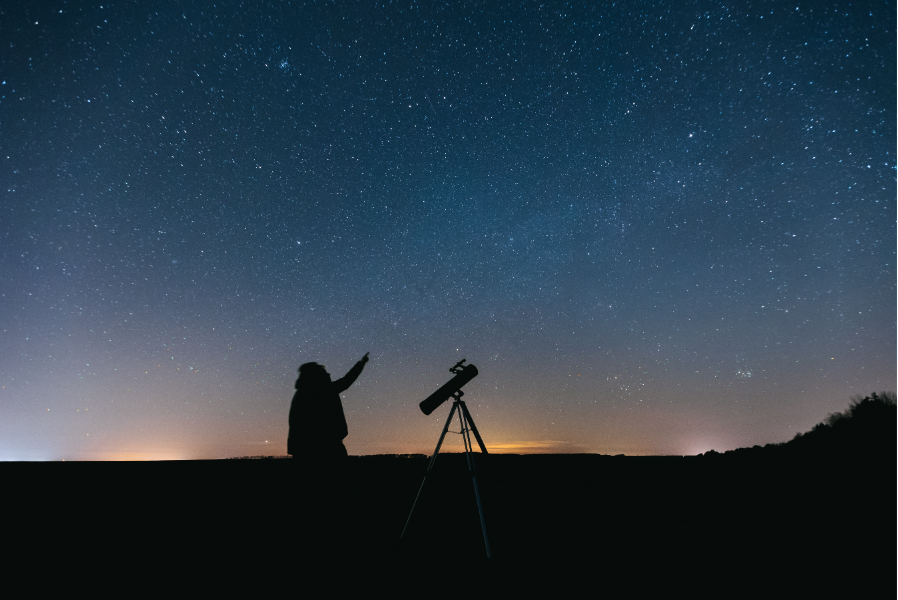The stars have always fascinated us, but with the launch of the James Webb Space Telescope, our curiosity is soaring to new heights. This incredible piece of technology is doing what no telescope has done before—peering deep into space and even deeper into time. Let’s explore what makes this telescope special and what it has recently revealed about the universe around us.
A New Eye on the Cosmos

Imagine having a time machine that lets you look billions of years into the past. That’s what the James Webb Telescope (often called JWST) is a scientific marvel that can see some of the first light emitted after the Big Bang. Designed to explore the earliest galaxies, distant stars, and even exoplanets, the Webb Telescope is giving scientists new tools to understand the origins of our universe.
Its recent discoveries are sparking headlines and opening questions we’ve been asking for centuries. Are we alone? What came before us? What else is out there? With its powerful infrared eyes, the James Webb Space Telescope is helping us get closer to the answers.
What Makes the James Webb Telescope So Special?
This isn’t just a telescope. It’s the most powerful space observatory ever built. Here’s what sets it apart:

- Infrared Vision: Unlike Hubble, which primarily sees visible light, JWST detects infrared light, enabling it to peer through clouds of gas and dust where stars and planets form.
- Massive Gold-Coated Mirror: The telescope’s main mirror spans 6.5 meters and is coated in gold to reflect infrared light more efficiently.
- Looking Back in Time: Thanks to the speed of light, the farther JWST looks, the further back in time it sees—more than 13.5 billion years!
- Global Collaboration: This project is a joint effort between NASA, the European Space Agency (ESA), and the Canadian Space Agency (CSA).
These features allow the NASA Webb Telescope to study objects that have never been seen before in such detail, offering a new lens through which we can view the vast universe.
Latest Discoveries from the James Webb Telescope
The latest updates from the Webb Telescope are nothing short of breathtaking. In just its first year of operation, it has delivered incredible images and data that reshape our understanding of space.

Here are a few standout discoveries:
- Earliest Galaxies Ever Seen: Webb has captured light from galaxies that formed just a few hundred million years after the Big Bang.
- Water on Exoplanets: By analyzing the atmospheres of faraway planets, JWST found traces of water vapor, suggesting some planets may have Earth-like conditions.
- Stunning Cosmic Webs: The telescope's powerful instruments have revealed huge structures of gas and stars, helping map how galaxies grow and evolve.
Each discovery brings us a step closer to understanding where we came from—and even where we’re headed.
How the James Webb Telescope Works
You don’t need to be a scientist to appreciate the engineering genius behind JWST. Here’s a simple breakdown:
- Where is it? It orbits around a point called L2, about 1.5 million kilometers from Earth, where it can stay cold and undisturbed.
- The Sunshield: JWST has a five-layered sunshield the size of a tennis court to block heat from the Sun, keeping its instruments cool.
- High-Tech Instruments: Tools like NIRCam, MIRI, and NIRSpec help capture data in various parts of the infrared spectrum.
to these systems, the James Webb Space Telescope can pick up faint signals of heat from galaxies, stars, and even planets far beyond our reach.
What the James Webb Telescope Means for Humanity
Beyond the science, JWST represents something bigger—it fuels our imagination, curiosity, and hope.
- It brings us closer to answering the age-old question: Are we alone in the universe?
- It supports education by providing real data and images that schools and universities can explore.
- It reminds us how international cooperation—between NASA, ESA, CSA, and others—can create tools that benefit all of humanity.
Whether you are a student, a scientist, or just a stargazer, the universe’s latest discoveries coming from JWST are inspiring people across the globe.
What We Are Learning Together
Many space lovers often wonder what JWST is truly capable of. While it can’t directly spot aliens, it can detect the conditions necessary for life, such as breathable atmospheres and liquid water.
Its ability to look back over 13.5 billion years gives us a glimpse of the universe just after it was born. That’s something no telescope has done before.
And no, Hubble isn’t going away. It’s still going strong! Hubble and Webb work hand in hand—Hubble sees visible and ultraviolet light, while Webb captures the infrared. Together, they paint a complete picture of the universe’s past, present, and future.
How You Can Stay Updated on Webb Discoveries
Want to keep up with the telescope’s findings? It’s easier than you think!
Here are a few ways:
- NASA’s James Webb official site is your best resource for new images and announcements.
- Visit the JWST image gallery to explore the latest deep space visuals.
- Follow NASA, ESA, and space science pages on social media.
- Sign up for newsletters that share the latest space science news directly to your inbox.
These sources will ensure you never miss the latest discovery from the Webb Telescope data release.
Conclusion:
The James Webb Telescope isn’t just a tool—it’s a doorway to the unknown. With every new image and data point, it changes how we see the universe and ourselves.
From detecting water on alien worlds to unveiling ancient galaxies, JWST is proving that science is full of surprises—and we’re just getting started. Whether you're a science enthusiast or someone who enjoys a good cosmic story, the latest space findings from JWST will keep you looking up. So, stay curious, stay inspired—and keep exploring the stars.







